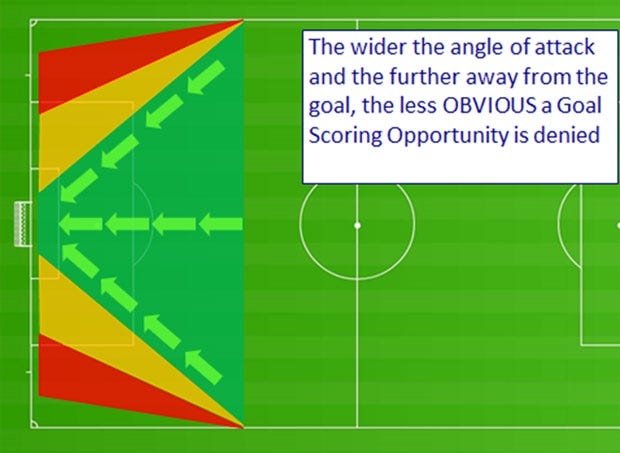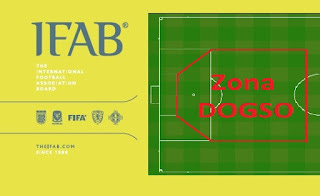Some notes I took from the DOGSO/SPA clinic I went to last night. Found it helpful so maybe other will too.


https://substackcdn.com/image/fetch...3d05-6e6b-4e36-95a3-cfdc25a936b6_320x196.jpeg
- DOGSO & SPA are related to creating opportunity. They both do the opposite: take away opportunity.
- DOGSO & SPA are unrelated to careless, reckless or excessive force in a tackle. They are tactical.
- As a referee, you can (and should) start thinking about DOGSO & SPA before they actually happen. When opportunity is unfolding, your awareness should be heightened that DOGSO/SPA could happen in that phase of play. If that opportunity is taken away unfairly, it’s probably DOGSO/SPA.
- This thinking should also come into play when counter attacks begin. Really when a team gains possession and has potential to counter. A tactical foul that takes away the opportunity of this counter is probably SPA.
- When counter attacks do happen, you might get caught behind the ball. Ideally you usually want to be left and outside to see the play but the alternative right and outside position is a good secondary option if you can’t recover left.
- An easy way to think about DOGSO is if you took that defender out of the picture entirely (picked them up and put them on the sideline), what would have happened? If obvious goal scoring opportunity would have likely come to fruition, it’s probably DOGSO.
- When a potential DOGSO/SPA tackle happens, watch where the ball goes, especially when a defender kicks through the ball. If the ball goes forward and towards goal, it’s likely the attacker got the last touch. If away from goal, it’s likely the defender got a touch. This isn’t always true, but it’s a good indicator.
- With the distance from goal factor of DOGSO, the potential for a shot on target goes down the farther away from goal the challenge happens. Just something to keep in mind as breakaways happen.
- The area between the penalty box and goal area (and outside the goal area) is a very dangerous position because an attacker with possession can shoot, cross or dribble (triple threat). It’s a hot spot.
- Below is a good graphic that shows how the goal scoring opportunity decreases as the foul happens farther outside the frame of the goal.

- Below is a good graphic of the area where it’s most likely DOGSO will be given. Outside of this area, it’s generally going to be SPA. There are probably exceptions but this is a good rule of thumb. Bueno?

https://substackcdn.com/image/fetch...3d05-6e6b-4e36-95a3-cfdc25a936b6_320x196.jpeg


